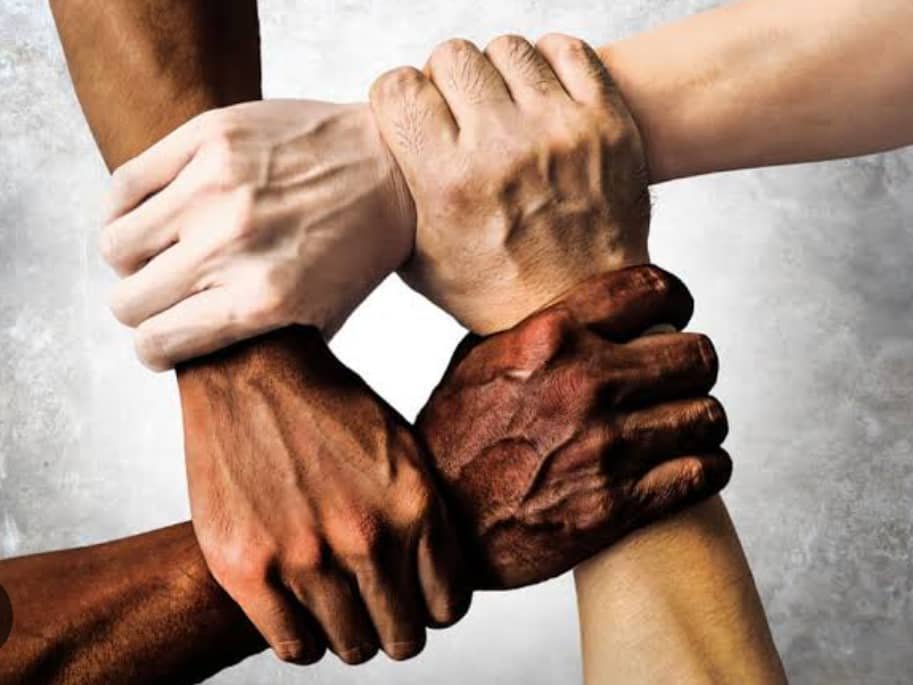Promoting tolerance among diverse groups within communities requires intentional strategies and actions. Here are several effective approaches:
1. Education and Awareness
– Cultural Education Programs: Implement programs that educate community members about different cultures, religions, and lifestyles to foster understanding and appreciation.
– Workshops and Seminars: Organize events that focus on topics like conflict resolution, empathy, and diversity to encourage dialogue and learning.
2. Community Engagement
– Interfaith and Intercultural Dialogues: Create platforms for discussions among different religious and cultural groups to share experiences and perspectives.
– Community Projects: Involve diverse groups in collaborative projects, such as community service initiatives, which can build relationships and a sense of shared purpose.
3. Celebrating Diversity
– Cultural Festivals: Host events that celebrate various cultural traditions, allowing community members to experience and appreciate each other’s heritage.
– Art and Expression: Encourage artistic endeavors that reflect the community’s diversity, such as murals, performances, and exhibitions.
4. Leadership and Role Models
– Inclusive Leadership: Promote leaders from diverse backgrounds who can model tolerance and inclusivity in their actions and decisions.
– Mentorship Programs: Establish mentorship opportunities that connect individuals from different backgrounds, fostering understanding and support.
5. Conflict Resolution Mechanisms
– Mediation Programs: Create systems for resolving conflicts peacefully, offering mediation services to address disputes between different groups.
– Dialogue Circles: Use structured dialogue circles to facilitate discussions about grievances and misunderstandings in a safe environment.
6. Policy and Advocacy
– Inclusive Policies: Advocate for policies that protect the rights of all community members and promote diversity and inclusion.
– Support Networks: Establish support networks for marginalized groups to ensure their voices are heard and their needs are met.
7. Media and Communication
– Positive Messaging: Use local media to share stories that highlight successful examples of tolerance and diversity within the community.
– Social Media Campaigns: Leverage social media to promote messages of acceptance and showcase diverse voices and experiences.
8. Continuous Evaluation
– Feedback Mechanisms: Regularly seek feedback from community members about tolerance initiatives to improve and adapt strategies.
– Assessment and Reporting: Monitor and report on the community’s progress in promoting tolerance, celebrating successes and addressing challenges.
By implementing these strategies, communities can create an environment that nurtures tolerance, fosters mutual respect, and celebrated diversity, ultimately leading to stronger, more cohesive societies.
– Source: Quora.com









